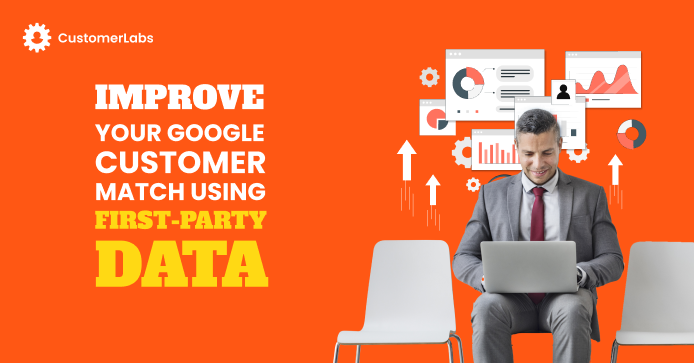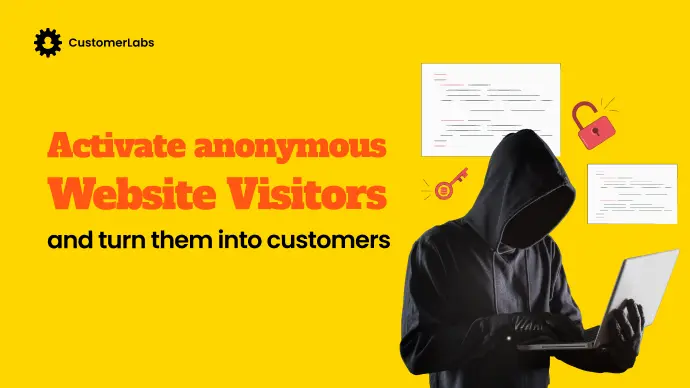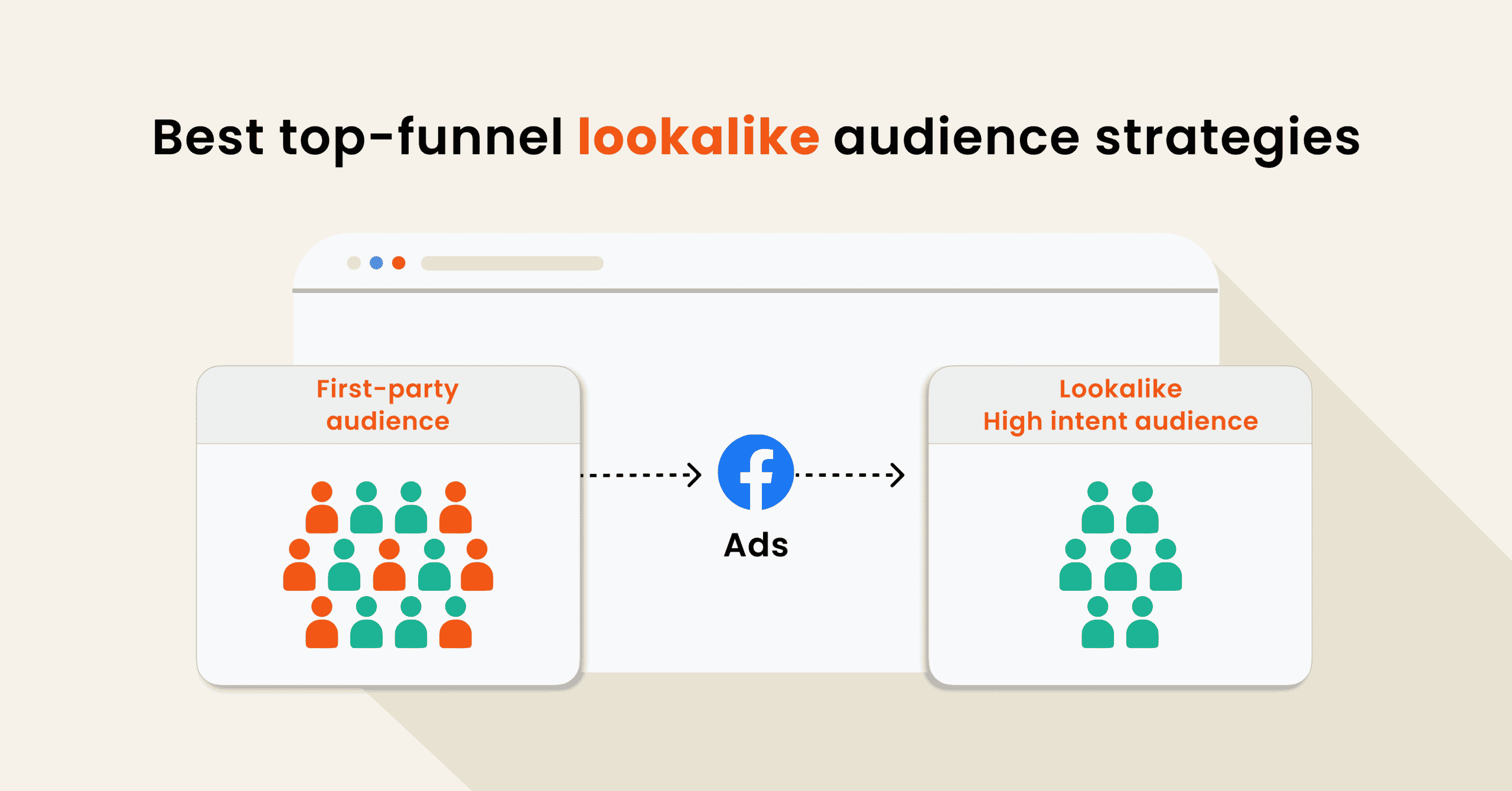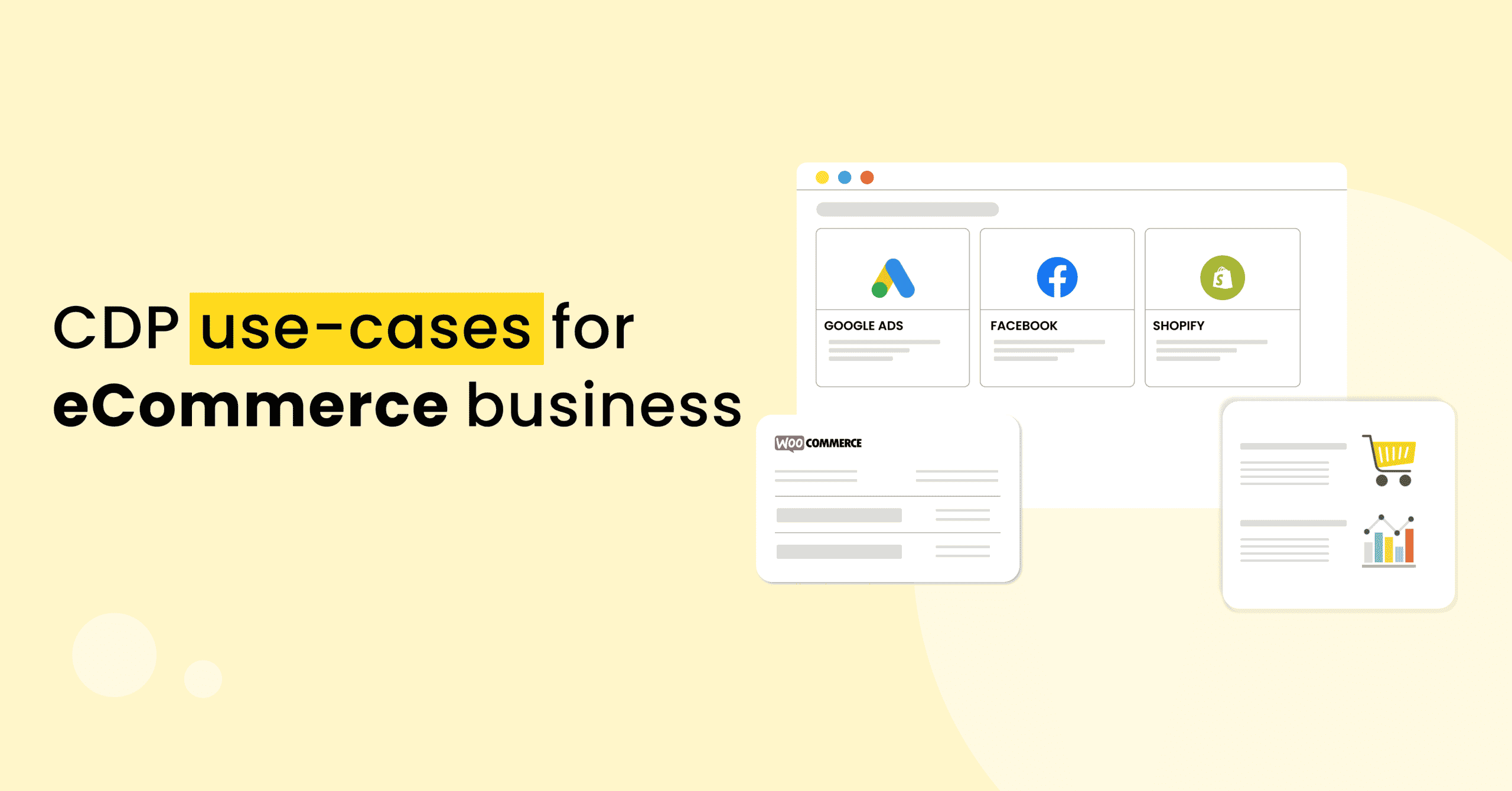
Introduction:
Google’s recent rollout on customer match and the way the ad platforms algorithm operate is the new talk of the town.
And the Google search started for these terms,
“Customer Match”
“Programmatic advertisers”
“Audience signals”
“Real-time signals to feed the ad algorithm”
“First-party data”
Anyways, Google said that there will be not many results for manual targeting and bidding as the advertising platforms are moving towards automation or we could say programmatic advertising.
So the automation works on real-time signals about the user’s intent, behavior, and preferences to create a personalized experience for the user at the right time.
To power the automation capabilities, the machine-learning algorithm needs data, especially your first-party audience data to be fed in to reach similar high-intent audiences who are likely to convert for your business.
To feed the Google ads with rich user behavior data, we need a Customer match in place to retarget the right audience.
What is a Customer Match?
Customer Match is a useful advertising tool for many business goals, from increasing brand awareness to driving conversions.
Customer Match lets you use your online and offline data to reach and re-engage with your customers across Search, the Shopping tab, Gmail, YouTube, and Display. Using information your customers have shared with you, Customer Match will target ads to those customers and other customers like them.
Customer Match is so valuable because you collect it from your customers. Once you’ve uploaded your first-party data, it’s matched against Google users to make sure you’re targeting the right people. From there, it’s easy to segment your data, create various custom audiences, and market accordingly.
Why is it important to invest in the Google customer match NOW?
The age-old and traditional method of targeting the audience by the top-funnel campaigns for every sales season and retargeting the bottom-funnel audience for 3 – 4 weeks is not cool anymore.
By the recent statistics shared by Google, retargeting website visitors have 3X times better conversion rates than regular top-of-the-funnel campaigns.
Website visitors are the most valuable users – retargeting website visitors have 3X times better conversion rates than tofu campaigns.
Google says when you run a campaign and out of 1000 impressions, 90% are from the TOFU & Lookalikes and 10% are from the retargeting campaigns.
And 25% of the Click Through Rate (CTRs) came from retargeting and the remaining 750 clicks from the TOFU campaigns.
Now the final conversion is 5 from 750 people(TOFU) and 5 conversions of 250 people (retargeting).
And this is how the ad algorithms are trained now to show the right messaging to the right people at the right time.
How to use Google’s Customer Match to improve the retargeting campaigns?
Ad platforms operate by machine-learning algorithms. It needs accurate audience signals to reach and expand the target audience. This process is called Progressive optimization.
In a recent Google demo, there was an infographic representation of Demystifying automation.
Google says that with manual targeting and bidding, expanding your reach to drive more conversions can also lead to decreased ROI.
And manual optimization can’t keep up with this range of signals and it doesn’t allow you to personalize the consumer’s ad experience in each and every auction.
And therefore, the only way to hack the ad platform algorithm is to feed as much first-party audience data or the audience signals to the algorithm for it to train and learn itself.
What are Audience Signals? – train the algorithm with rich user behavior data i.e. first-party data
Audience signals are NOT audience targets. They are like audience predictions or suggestions.
In simple words, this feature helps the marketer to let Google know the user behavior who are likely to buy by training them by sending enough user behavior data of audiences who purchased, audiences who wishlisted, audiences who added to cart, etc.
And Google utilizes this user behavior data as an initial point to optimize the campaigns based on the objective or goals.
But retargeting is questionable after the remarkable iOS’14+ updates
After the iOS’14+ updates, the users have the choice to opt-out of tracking. And the advertising platforms have limited access to user behavior data which reduced the remarketing audience size very low.
The implications of the iOS’14+ update and other privacy updates are
- The retargeting audience size has reduced beyond 60% after the iOS update
- The customer match rate is decreased below 25%
- The cost per purchase (CPP) costs the moon
- The ad spend is doubled due to the low audience size on Google Ads and Facebook Ads.
And does it stop here with all the privacy-centric updates?
Google is also phasing out third-party tracking from Chrome
Google is phasing out cookie-based remarketing due to privacy, browser, and regulation changes.
About 2.65 billion people use Google chrome across the globe. To date, most marketers rely on this data for their ad campaigns. The consequences after this update are exponentially high due to the volume of users.
And this is the very reason why Google has been promoting collecting first-party audiences for all your marketing activities so that ad platforms can train from them.
First-party data improves the Google customer match
At the moment, most advertisers’ existing Google customer match is between 29% – 62%. As the advertisers do not collect the information properly and update it to Google.
At CustomerLabs we achieved 100% Google Customer Match
We collect the user behavior information which includes email id, phone number, first name, purchase details, browser ID, click ID, user agent, IP address, and other information if available.
These are the requirements to increase the Google Customer Match.
With the above information, we achieved 100% customer match on Google for known users.
What happens to users who do not give email id phone number i.e. anonymous website visitors?
When we say first-party data, anybody who visits our website is first-party data even when they do not give an email id or phone number. Generally, 98% of website visitors are anonymous website visitors.
These anonymous website visitors perform various high-intent actions like page_view, product_view, category_view, wishlisting the items, etc.
Use high-intent anonymous website visitors residing in the mid-funnel
Usual or the traditional way of marketing is running a top-funnel campaign and then retargeting the bottom funnel for purchase conversion. And the budget is also split accordingly like 80% for the top funnel and 20% for the bottom funnel.
But 60-70% of the high-intent users are stuck in the middle funnel and can be retargeted and pushed to the bottom funnel.
And this user behavior information shows the intent of the user toward conversion. Collecting this information and sending it to the ad platforms helps them train the algorithm and target the right and relevant audience.
Check out how to re-activate the mid-funnel audience and improve your purchasers.
Google customer match requirements for anonymous website visitors
Like we distinguish known visitors and anonymous users, we collect certain information from both. Along with the first name, email id, and demographics, we also collect Browser ID, Click ID, IP address, User-agent, Facebook ID, Google ID, etc of both anonymous and known users.
By sending these user parameters, the Google customer match for the anonymous users was an average of 54%.
Want to know how to retarget anonymous website visitors on FB and Google to improve conversions – check this out.





